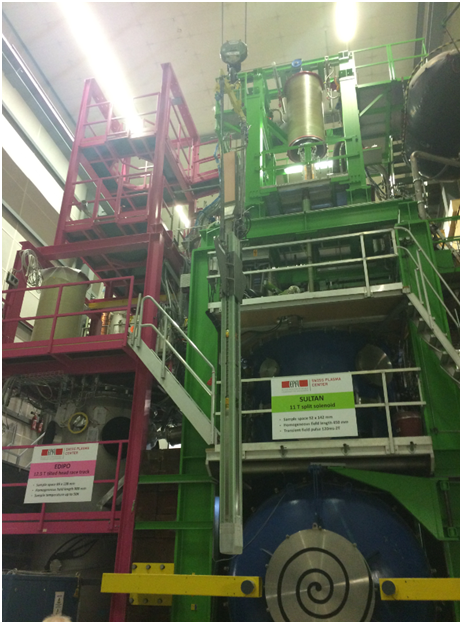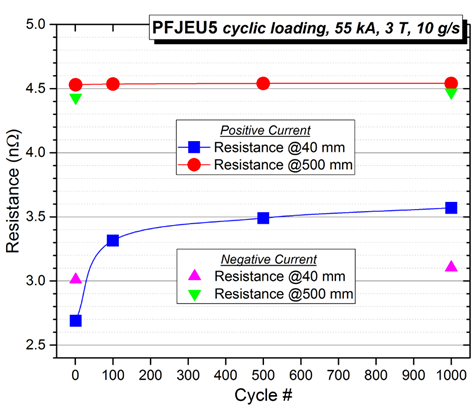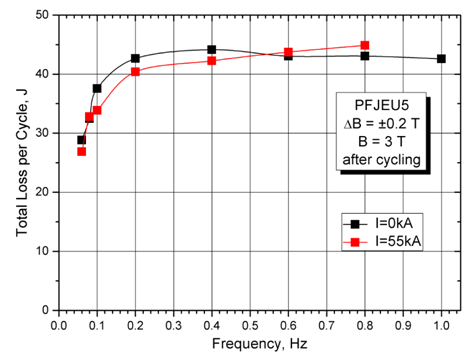
count: [2017-01-17] [Close]
Sultan sample of ITER PF6 verification superconducting joint, produced by ASIPP Tokamak Design Division passed the electrical performance test at Swiss Plasma Center (SPC), as specified by ITER Organization.
As an important component of ITER PF6, the superconducting joint is used for the electrical connection between inner conductors and also between the coil and the outer feeder. PF6 Coil plays the role in plasma current drive, position and shape control. Both the working current and the rate of working current change are very high, and it works in the complex magnetic field environment in tokamak magnet system. Because of the DC resistance and AC loss shift, it is difficult to meet the lower DC resistance and lower AC loss requirements at the same time, which brings big challenge to the material selection and manufacturing process.
To face the challenges, the PF6 team carried out a series of work, developing key techniques like nickel removal, tin plating, welding temperature control and so on. The manufacture process was finished through cooperation with KEYE Company affiliated to ASIPP.
As the figures show, the joint on DC resistance measurement under the rated conditions is stable. Under 6T back magnetic field, after 1000 AC load cycles, the joint resistance is around 3.6nΩ, which is measured under 55kA, 3T back magnetic field. The maximum AC loss is around 45J/Cycle (with the operating current at 55kA, back magnetic field at 3T, AC field at ±0.2 T and frequency at 0.8Hz). The joint performance is better than <5nΩ and <130J/Cycle defined by ITER Organization. (Bing HU reports)

Sultan sample tested in SPC

Joint DC resistance performance

Joint AC loss performance